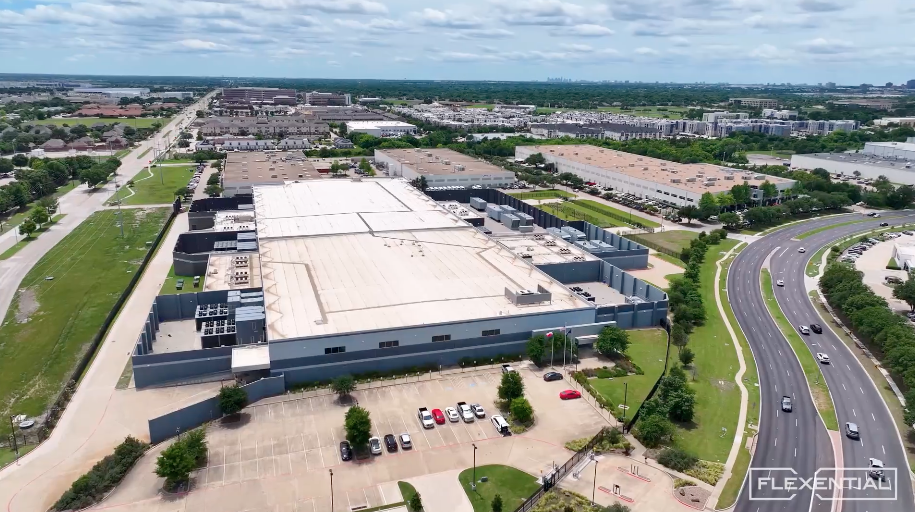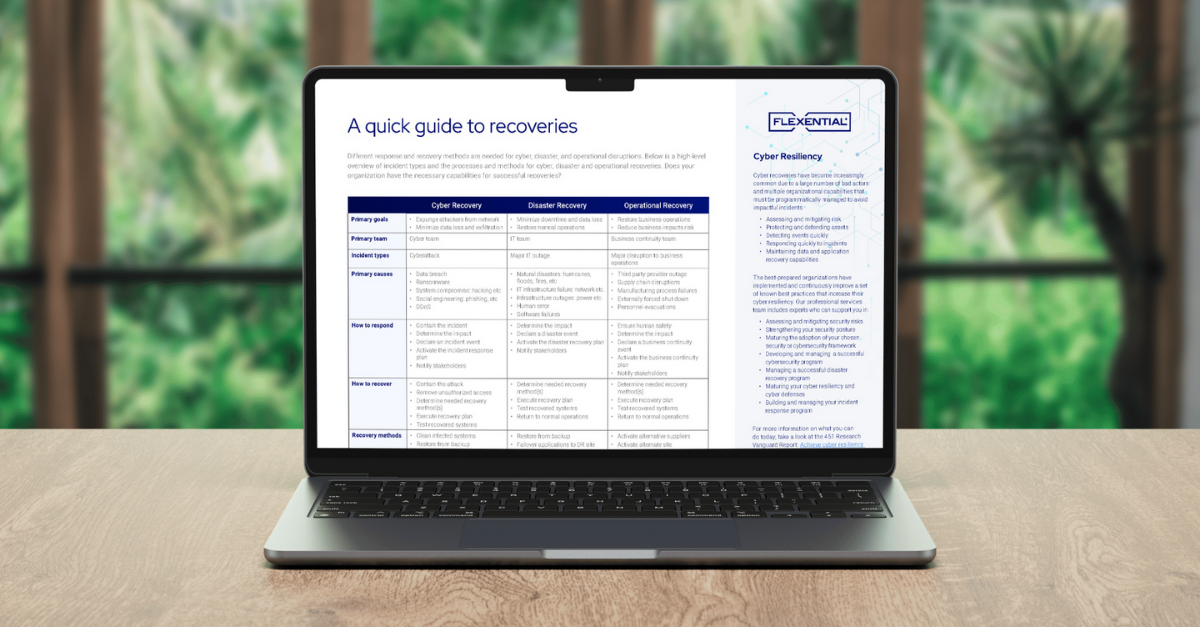BaaS vs. DRaaS: Which recovery solution is best?
With the shift of the IT industry towards as-a-service delivery models, the backup and disaster recovery markets have been no exception.

With this expansion, two “as-a-service” have emerged: backup as a service (BaaS) and disaster recovery as a service (DRaaS). Like other as-a-service models, BaaS and DRaaS refer to the tools and technologies delivered by a third-party vendor over a network to provide the structure and support needed for recovery during a disaster.
However, these two solutions are not the same. BaaS and DRaaS both enable third-party offsite recovery strategies yet work in different ways to protect your business - and data. It’s important to understand the key differences between DRaaS and BaaS, their use cases, and their benefits and drawbacks to deploy the best solution to protect your business.
Do you need BaaS, DRaaS, or both?
There is no ‘one-size-fits-all’ approach to disaster recovery and backup solutions. Ultimately, the decision between BaaS, DRaaS, or a combination of the two comes down to your organization's unique needs. Let’s take a look at Baas vs. DRaaS.
What is BaaS?
Backup as a Service (BaaS) is a fully-managed enterprise cloud backup service that offers off-site data storage and allows the backup of business-critical data over the internet. The purpose of BaaS as a data recovery solution is to facilitate data recovery in the event of full or partial data loss. The advantage of using BaaS is that the solution is designed for cost-efficient long-term, offsite data retention and the recovery of data should something happen to your local copies. However, BaaS has the disadvantage of being slower in recovering data in comparison to other solutions.
What is DRaaS?
Disaster recovery as a service (DRaaS) replicates an application environment and its data to a private cloud-based location, which can be accessed very quickly in the event of a disaster to bring an entire application environment back online. DRaaS solutions are designed with the worst-case scenario in mind, offering the advantage of the speed of recovery in the event of a disaster, minimizing downtime and the risk of data loss.
3 key differences between BaaS and DRaaS
Ultimately, BaaS solutions are thought to be best for long-term cloud backup, while DRaaS best supports quick recovery of applications during a disaster. Let’s explore the key differences between these two recovery solutions to understand how they work to protect your business.
1. Method of backup and recovery
BaaS backups are usually done over the internet with the use of an encrypted private network. In the event of a disaster, backup data is restored. However, the responsibility of infrastructure restoration remains with the customer. The focus of BaaS is on the cost efficiency of storing data long term rather than data availability, making restoration a lengthier process. On the other hand, DRaaS relies on replication technology to automatically synchronize a system to the cloud environment so that in the event of downtime, the latest copy of the system and all of its files, data, and applications are brought online and restored.
2. Cost of recovery
While DRaaS is designed for the rapid recovery of business-critical data and applications, it is often a more expensive option than BaaS due to the tradeoff between cost efficiency and recovery speed. BaaS is a great low-cost option for smaller companies where some downtime is acceptable during data recovery and is generally less costly upfront than DRaaS. However, the restoration process can be lengthy with BaaS due to prioritizing cost-efficient long-term data storage rather than quick data availability. If budget allows and the cost of downtime outweighs the investment costs, DRaaS offers superior protection against potentially far greater losses (financial, reputation, etc.) caused by longer downtime. With DRaaS, the cost is greater but offers better protection against potential losses from longer-term downtime events.
3. Speed of Recovery
With BaaS, it could take much longer to get your infrastructure back up and running as BaaS offers no secondary infrastructure solution. DRaaS offers faster Recovery Point Objective (RPO) and Recovery Time Objective (RTO) measured in seconds to minutes, not hours or even days with BaaS. Many companies follow the best practice to optimize their data recovery by organizing their data into tiers, with the most business-critical files and applications in the highest tier protected by DRaaS for a speedy recovery and the less important datasets into lower-tier BaaS solutions for cost-efficiency rather than speed of recovery time.
Learn more about end-to-end recovery service options
BaaS and DRaaS are only the beginning of disaster recovery strategies. There have been massive strides in innovation, making true IT resiliency possible through a combination of technology, resources, and expertise. Data retention is now faster, more reliable, and far more cost-effective, making protecting business-critical data and avoiding downtime and data loss far more possible than ever before. As the field of BaaS and DRaaS providers grows, it’s important to understand the level of expected service with these offerings to decide what protection is right for your organization. Flexential provides DRaaS solutions designed to reduce cost, uncover risk levels, and free your teams to focus more on core initiatives for your business. See how DRaaS solutions can provide business value beyond disaster recovery with service options for end-to-end recovery.
Want to know more? Get in touch with our disaster recovery experts today to learn more about DRaaS solutions.






